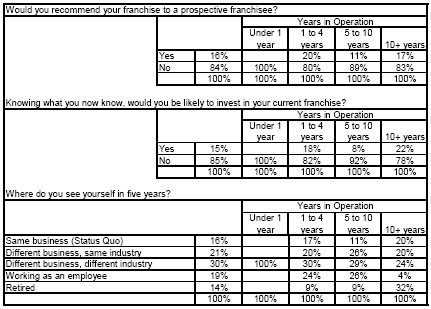When putting together a marketing plan for a franchise client, the question inevitably comes up: What branding materials should be included in the franchise ad kit?
Well, before you can even begin to determine what the pieces and parts should be, first and foremost a franchisor must provide a strong, consistent brand with documented brand standards.
One of the reasons entrepreneurs buy in to a franchise system is to gain the benefit of a brand and the immediate recognition that name provides on their storefront, building or van. If the brand does not have a well-articulated foundation of how it should look, speak and act, the consistency and value of that brand can be quickly diminished.
Once your standards are established, think about the type of business you have and what materials will help communicate your message to customers. For some it may be yard signs and window decals, for others it may be van wraps and door hangers.
But whatever the magic combination for your business, the materials must be flexible enough to allow appropriate customization for the individual units. This customization may be the format to accommodate different facility restrictions, or the message to respond to competitive issues.
So, when developing your franchise marketing materials, keep these key things in mind:
Have you established and documented how your brand looks, speaks and acts--and does everyone in the organization understand these foundational elements of the brand?
What materials will be most appropriate to communicate to customers in your business format and environment?
Where does your customer get their information from (specific media, online, social, on-premise) and what are the branded marketing materials that your franchisees could use to attract more sales through these channels?
Have you developed materials that are consistent, yet flexible enough to accommodate local marketing needs?
Just as no two franchises are exactly alike in their format, product, and offer, every franchise ad kit will be determined by the special needs of the system. The only thing that will always be constant is the need to start with a well-defined brand.



